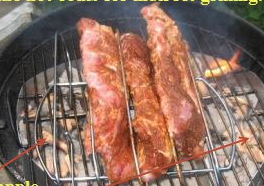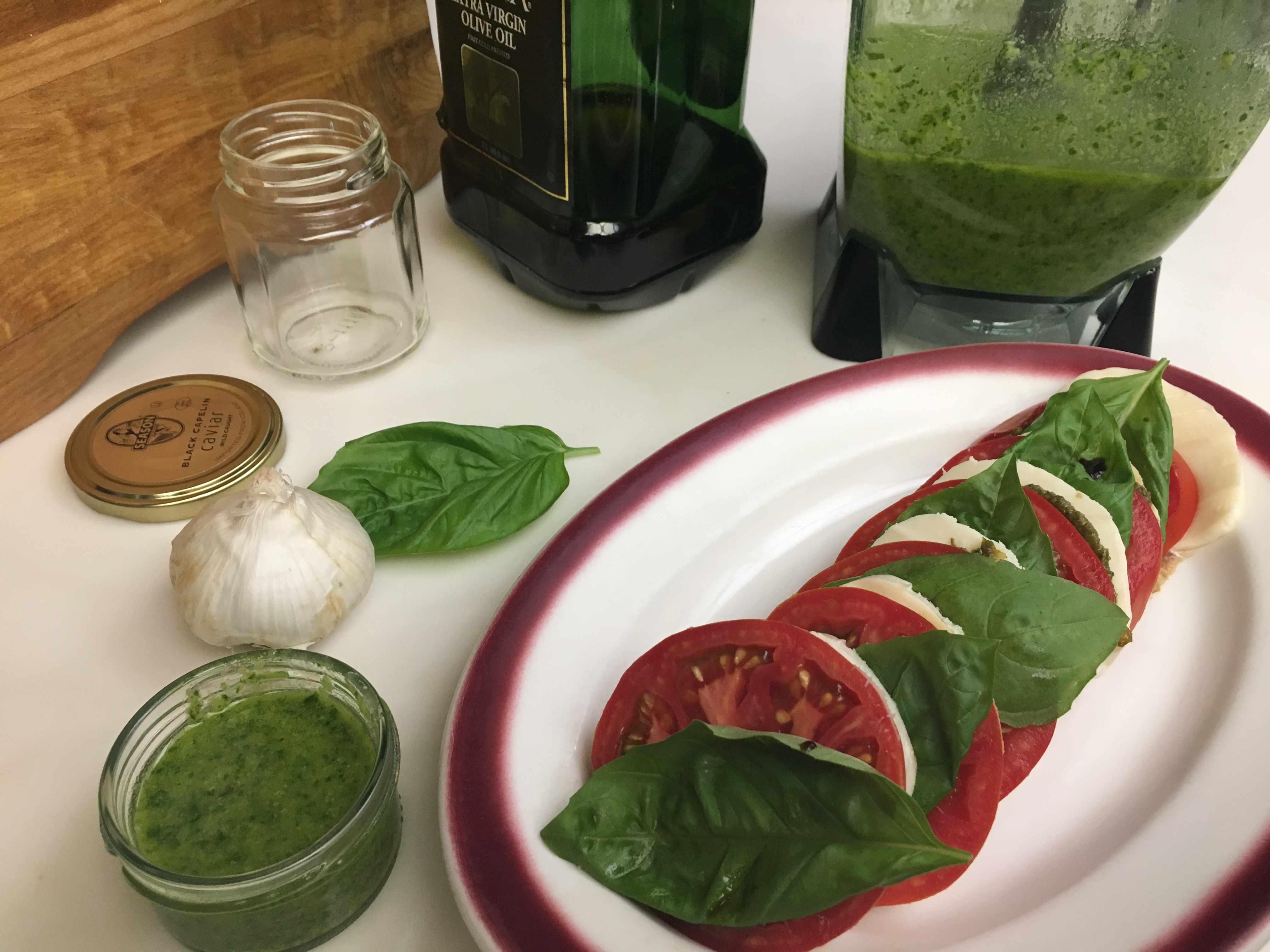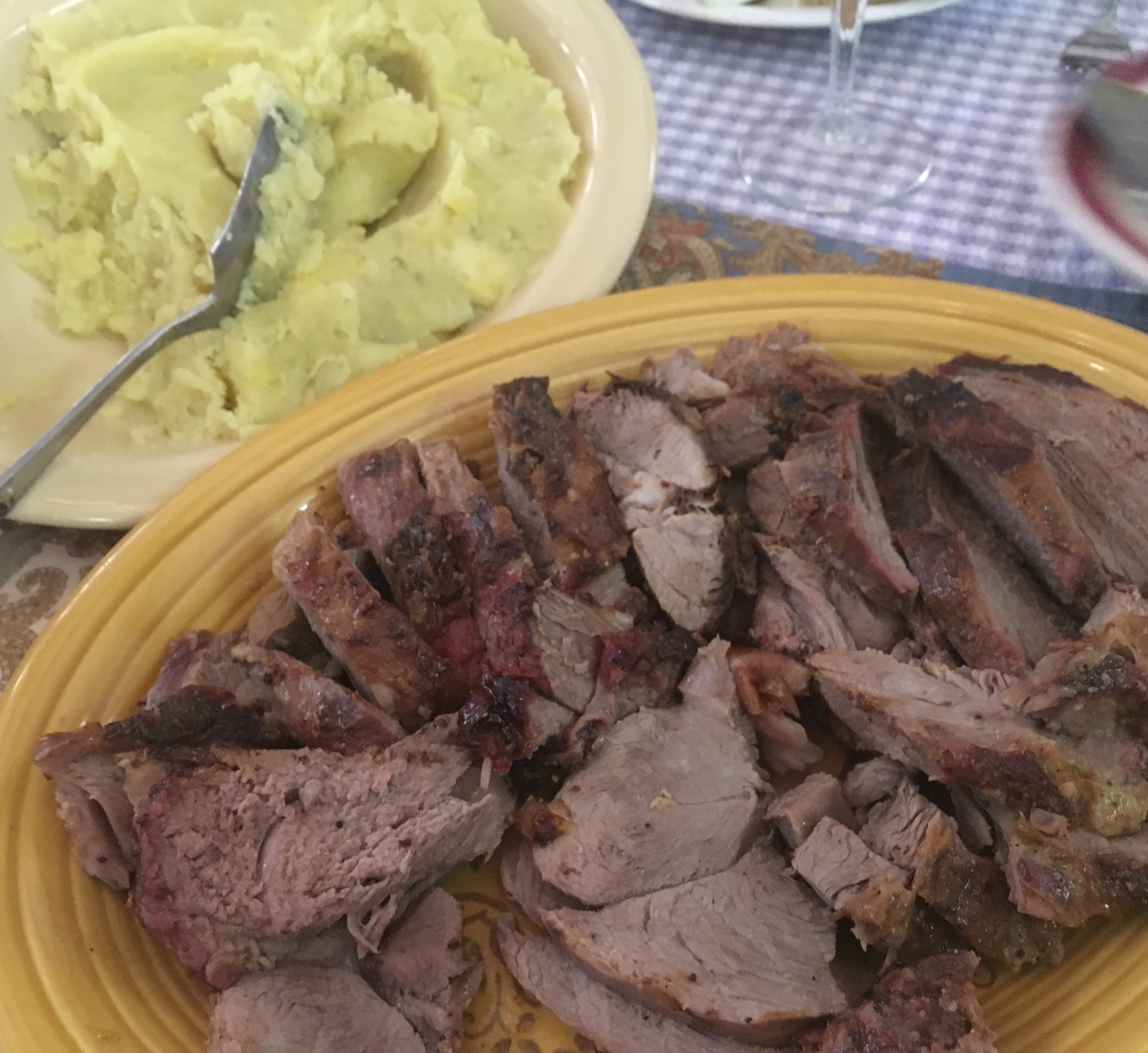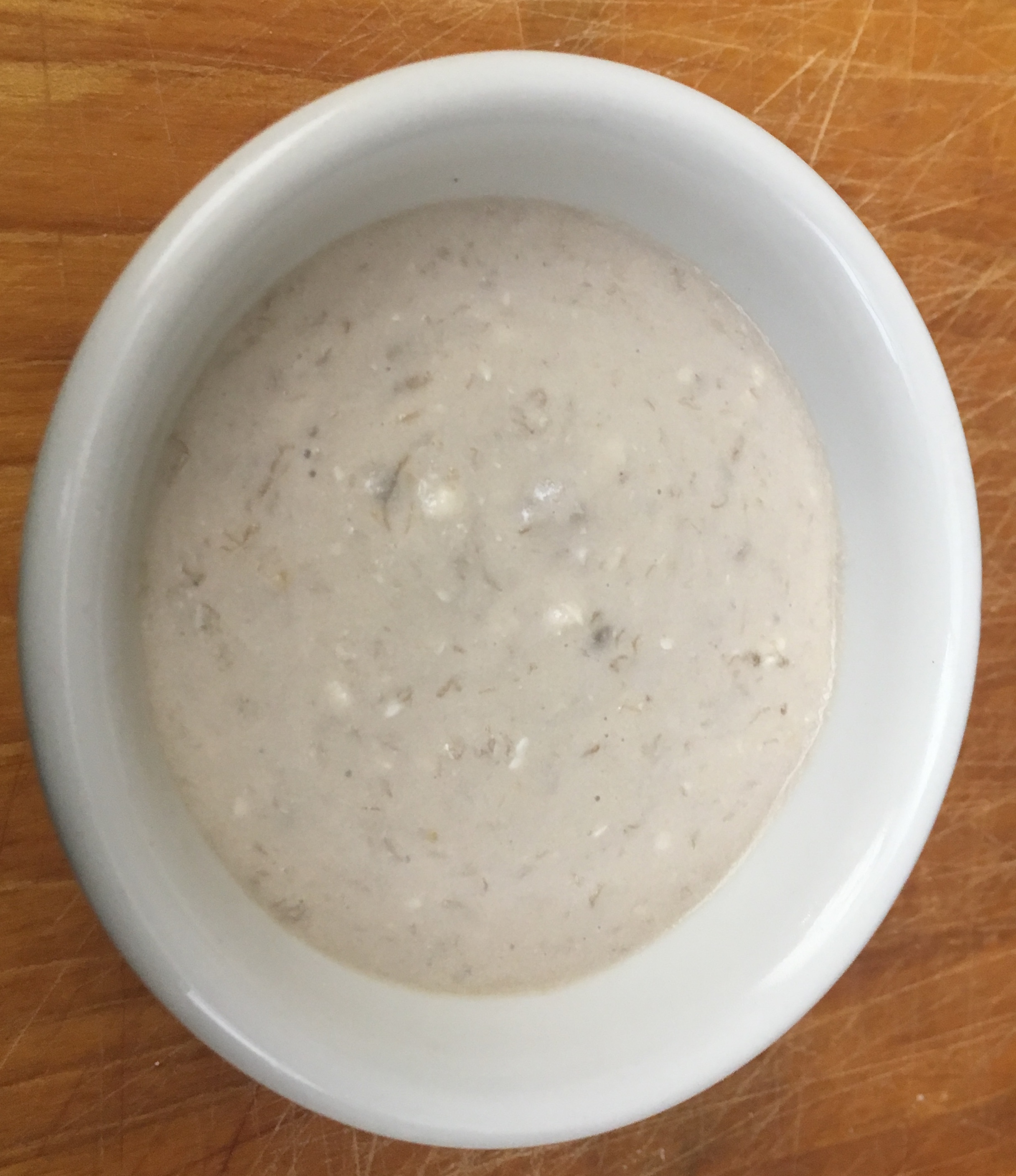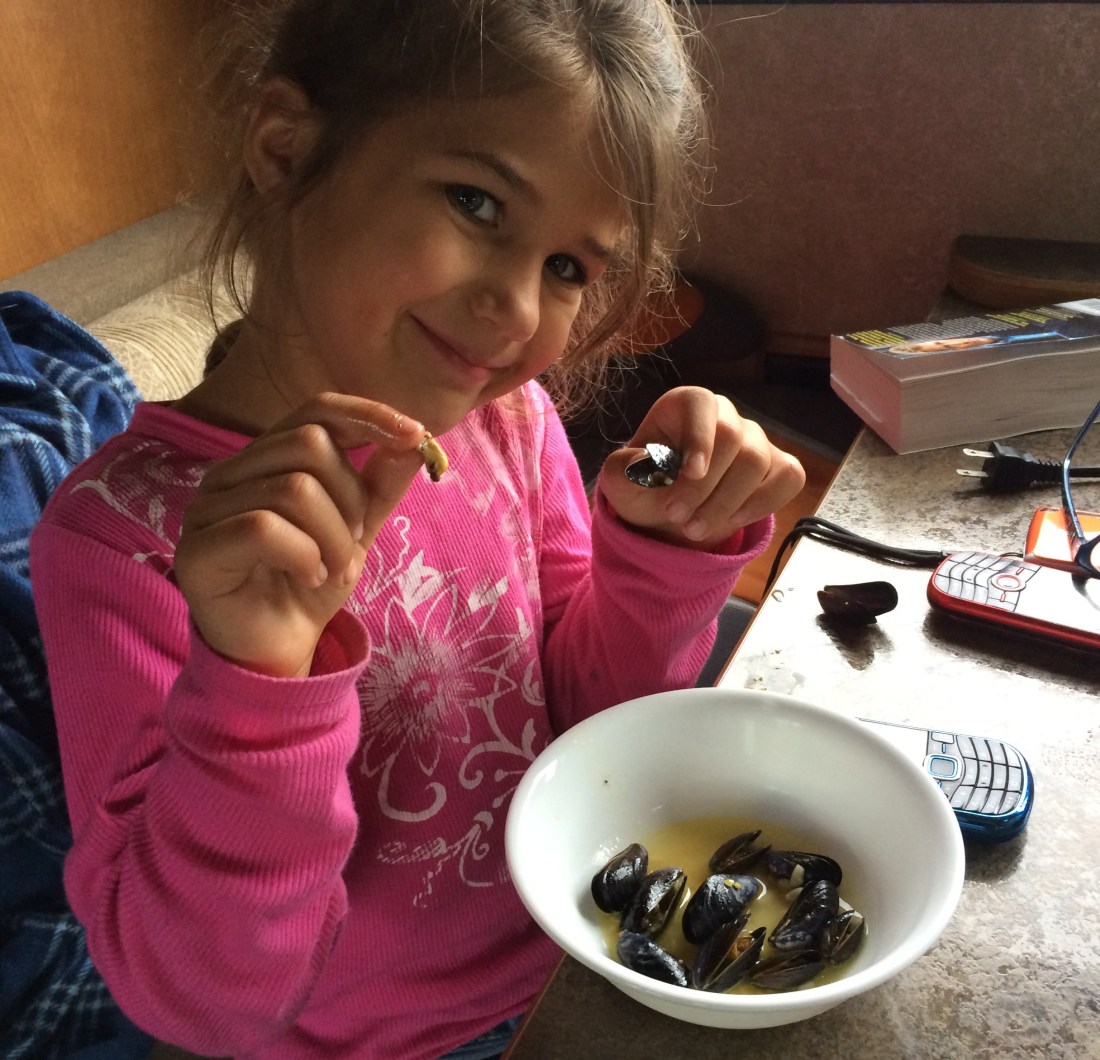This week I am part of a conference called, Cambio de Colores, Change of Colors. The conference focuses on the Latinx diaspora. I presented on topics of adaptive and culturally relevant practices theory and youth development identity. My focus for my workshops in this conference was on Indigenous peoples in the Native diaspora of the United States. The topic idea of this blog came from one of the plenary speakers, Dr. Maribel Alvarez, whose topic was food ways of, mostly, Latinx peoples, but I thought it certainly generalized to me and my Native identity, as it does to other identities. The speaker said, “We [often] use food as a tool to find common ground.” She added, “Sharing food is one of our greatest secular rituals.” Brilliant! That has been my practice since I began my active life in the Kitchen.
My work in the garden this week gave me much to write after having spent much time in the kitchen this week. My featured image today shows the six-lined racerunner (lizard) running through the vegetable and herb garden. It proved to be nice company. Now, I back up to two weeks ago when my neighbor shared oyster mushrooms. She, apparently, enjoys the bounties of a friend who grows these beautiful fungi, so she shares her abundance with me! I so love the umami that edible fungi add to food dishes, so I prepare something immediately when my neighbor shares, and there remains some to preserve for future use.

For the rice noodle soup, I began by chopping the lovely mushrooms, and adding onions, garlic, celery to sauté in butter and sesame oil. When all was fragrant, I added peas and carrots. While I cooked the mushrooms and veggies, I soaked the rice noodles in warm water. Once all the veggies were smelling most fragrant, I added two cups of vegetable broth. (You can use any type of broth. I just happened to have the vegetable broth in the freezer that I prepared from a windfall of veggies. I let the veggies and broth come to a simmer, and then I added the softened rice noodles. I added soy sauce and let it simmer for one minute, or so. It made a lovely evening meal. To finish my preparation with the mushrooms, I sautéed the remaining mushrooms in butter and put them in the freezer so that I have them for the next meal that calls for mushrooms, such as marinara sauce or in macaroni and cheese, or what ever dish calls for mushrooms.

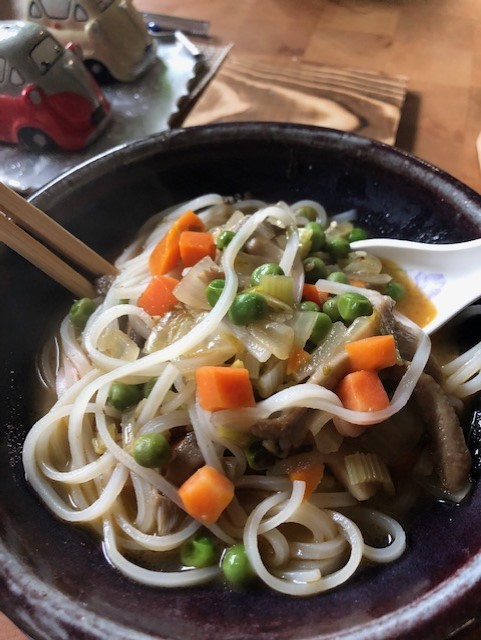

Well, I wonder if your garden is beginning to produce herbs and vegetables. I am not sure why, but I seem to over plant basil. This year I have giant basil. I took a trip to a community garden plot that went in the ground about two weeks before I planted the one in my yard. This garden, planted by colleagues as a learning opportunity for urban students, is crazy with herbs, squash, and peppers. I picked basil, spearmint, cilantro, and parsley along with a few strawberries (eaten on site!) and three zucchini.
Basil and mint come from the same family of square-stemmed plants. Others in the mint family include thyme, lavender, lemon balm, oregano, and marjoram, to name a few. I began preparations with the mint. I made mint pesto. I thought it would pair well with lamb. Think of preparing the traditional basil pesto.
I took five big hands full of mint. For recipes like this, I rarely measure or weigh the ingredients, so these are estimates for Mint Pesto:
Three packed hands full of fresh mint, parmesan cheese, salt, pepper, harissa (combination of peppers), garlic, olive oil, small amount of lemon juice, and two small hands full of mixed, raw nuts (almond, walnut, hazelnut, pistachio, and cashew). Be sure to omit any nut if you have a concern about allergens. I like using raw pumpkin (pepitas) seeds for pesto. Use what ever you have on hand. Blend until smooth and aromatic.
The pesto blended into a beautiful sauce easily frozen to later thaw in the vibrant color it had before freezing.
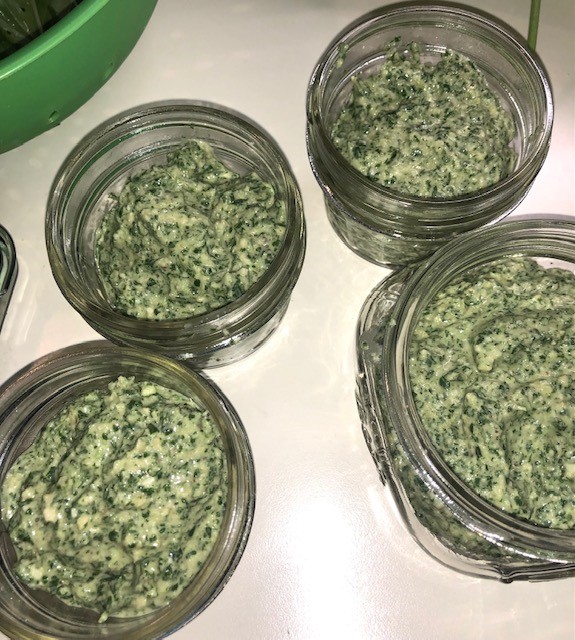
With the abundance of cilantro and parsley, I made chimichurri sauce, popular in Uruguay and Argentina. The delightfully green sauce pairs well with grilled meats. I like it on fish and shrimp tacos. Actually, it’s so fragrant as I blend it, I can’t help but take a spoon full just like that! I have changed the recipe a bit from what I hear is the authentic recipe from Argentinian ingredients:
1/2 cup olive oil
2 Tablespoons red wine vinegar (I like to substitute with sherry vinegar)
1/2 cup finely chopped parsley (In addition to the parsley, I also added about the same in cilantro)
3-5 cloves of garlic (for this batch, I used a combination of onion sprouts and wild garlic, pictured below)
2 small red chilies (I was out of red chilies, so I used 1/2 teaspoon of harissa, which combines chilies with peppers)
3/4 teaspoon dried oregano
1 teaspoon salt
Black pepper (That is in my harissa)
Now, after I made my Chimichurri, I learned that one does not process in a blender. Oops! I did! Instead, I should have chopped everything and let it sit in the oil and vinegar for a few hours to bring out the flavors. I will do that next time. Here is my finished product, though I will do it “right” the next time. I am told that those in Argentina use it for basting, rather than marinating, as the meat is on the grill. It can be used to finish the meat just before serving. Again, I like it on fish or shrimp tacos. Chimichurri freezes very well and retains its bright green color when thawed. Thaw it in the refrigerator about three hours ahead of intended use.

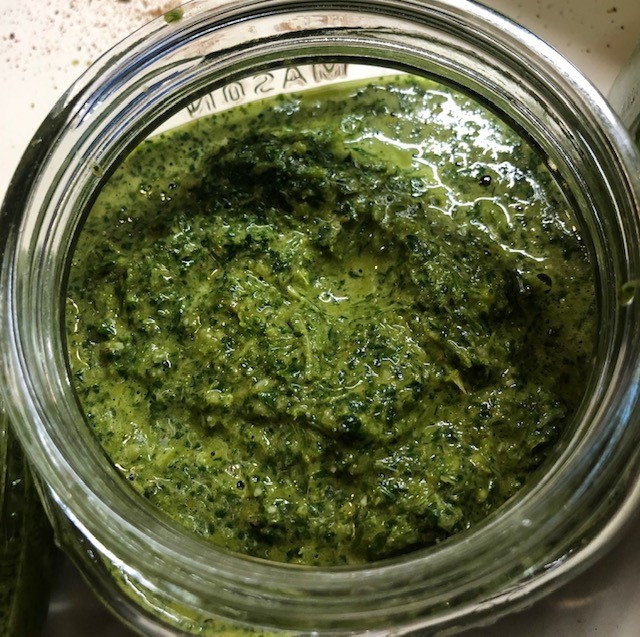
Farmers markets offer great variety in seasonal vegetables and fruits, if you do not have your own garden. The asparagus in my garden was planted last year, so I did not get any sort of a crop this year. Hopefully next year. Our farmers’ market yielded great asparagus this year. I’ve been playing with it in my pasta recipes. As I play around with different iterations of a recipe for asparagus-based pasta, perhaps this may interest you.
Chop onions, garlic, flowering chives, mushrooms (thawed from the frozen oyster mushrooms previously prepared), a tiny zucchini, for this recipe. I think one can be quite creative in making this.
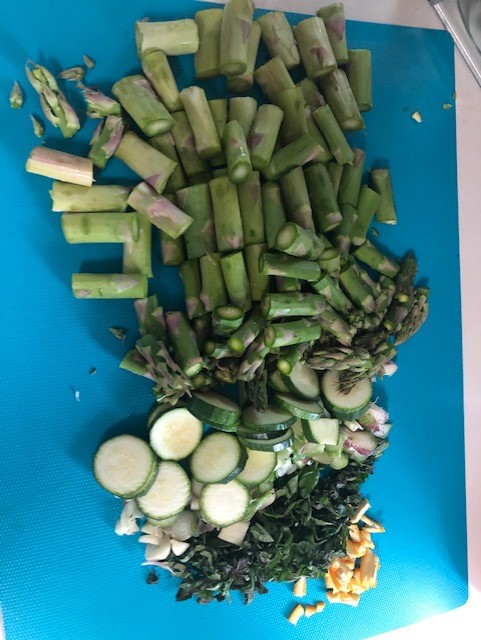


I start with chopped bacon or ham as my base for flavor. Then I add the veggies. Then I add seasonings including my prepared pesto. Once all the veggies are added and have cooked for a short while, I add a half cup of white wine and cover for a short simmer. Then I added parmesan cheese and cream. Allow to thicken, then serve. It goes well with a crisp Sauvignon Blanc. I served the sauce with rotini, this time.

Finally, I leave you with one more of my dishes from the bounty of the garden, already over flowing with basil. Caprese salad appears in a few iterations. Its simplicity makes it a lovely, fresh salad. I like mine ever better when I make the cheese myself. With temperatures hovering in the high 90s (Fahrenheit), I opted not to stand over a steaming kettle of whey and cheese solids. The grocery maintains a nice stock of fresh mozzarella. Large tomatoes are not setting in the garden, either, so this comes from the produce section.
Simple ingredients: Sliced tomato, sliced mozzarella, and fresh basil leaves. Look at the size of my basil leaves!
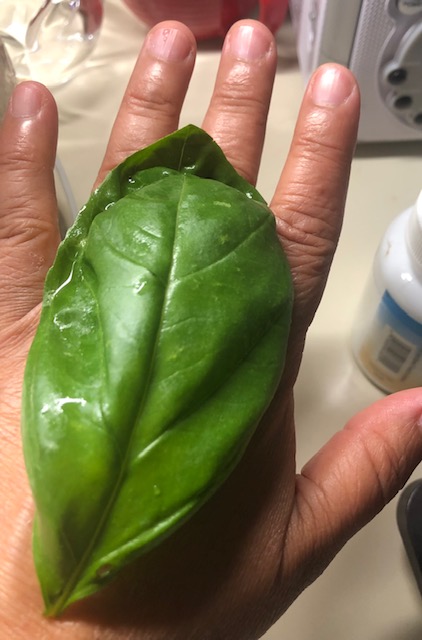
After I arrange my three ingredients (cheese, tomato, and basil leaves) on the plate. I mix a dressing of my prepared pesto with some balsamic vinegar and salt and pepper. Then, I drizzle the dressing over the salad. I find it to be a heavy salad when eaten prior to a meat-based dish. I tend to have a caprese salad with a lighter or vegetarian pasta-based main course. The gigantic size of my basil leaves hides the other two slices of tomato and cheese.
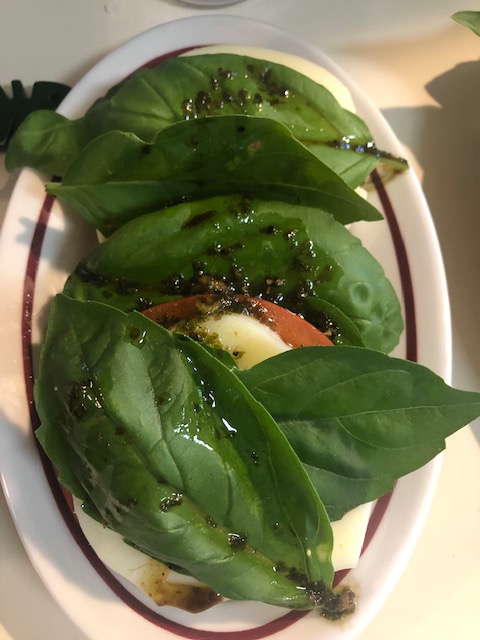
I hope we found common ground with one another through sharing recipes. My next entry will focus more on sharing such meals with friends and family.
Thank you for reading my blog.
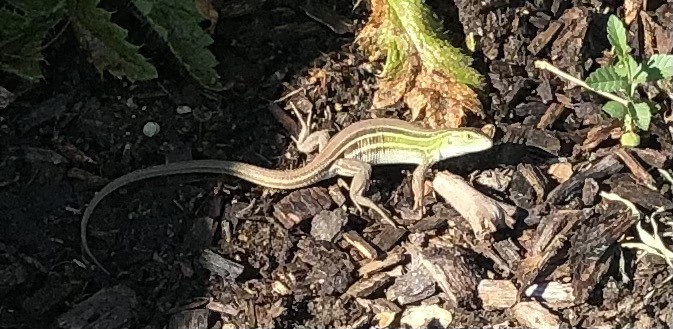







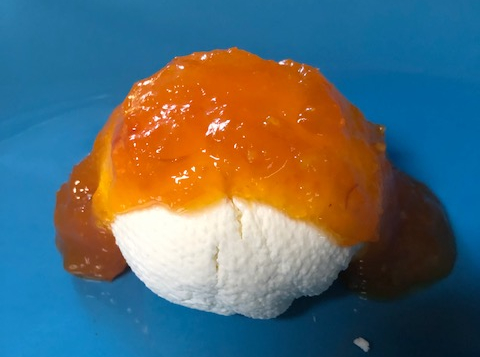






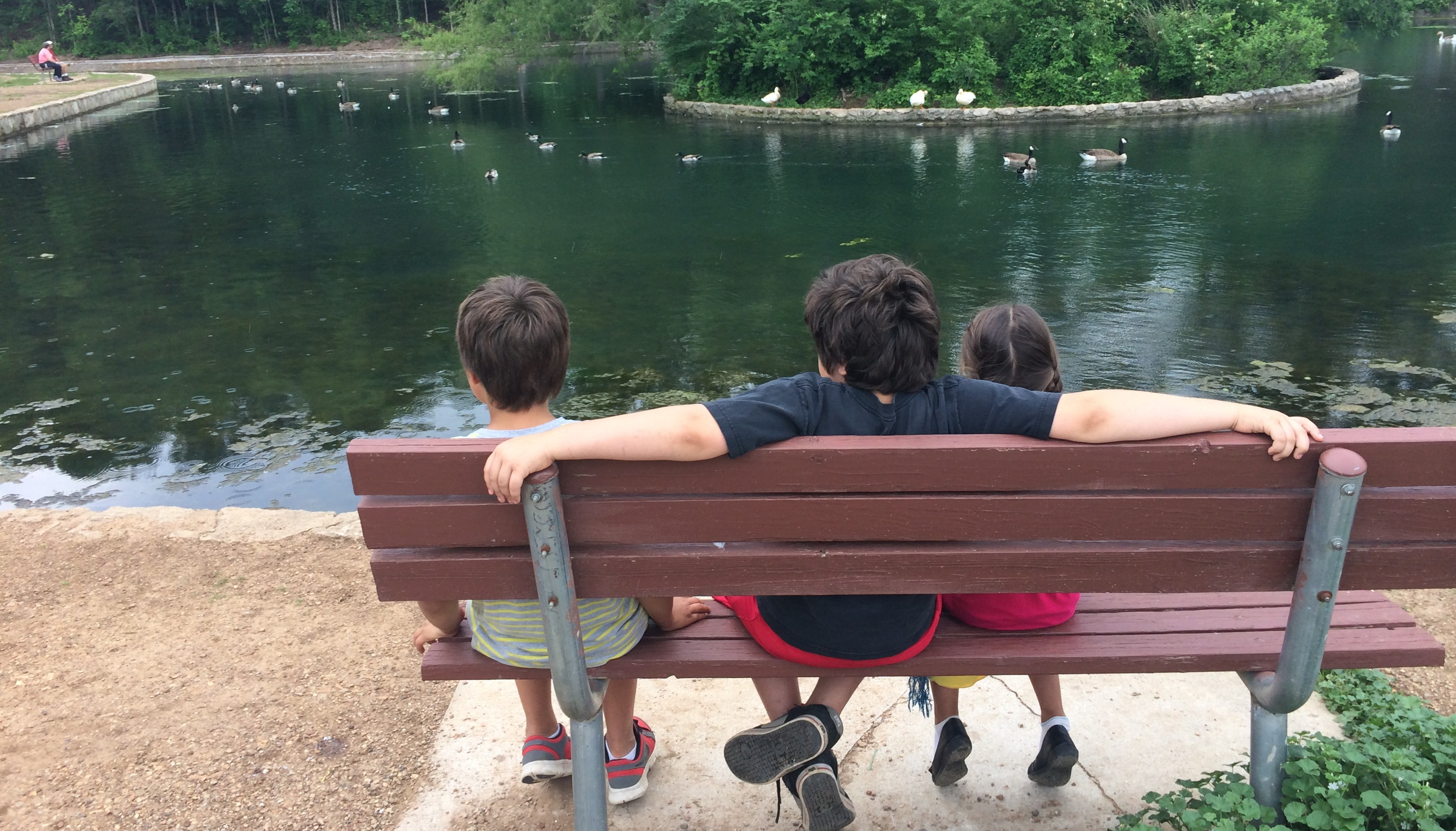


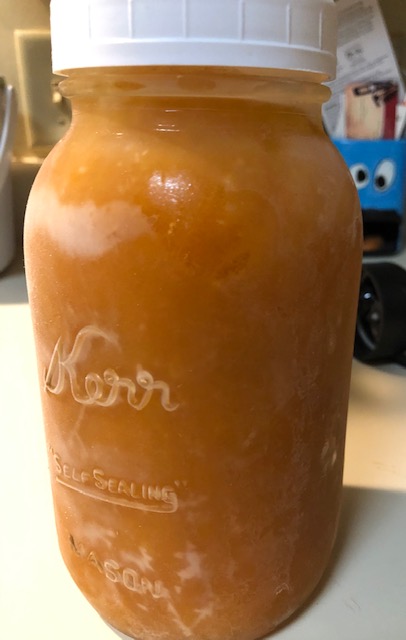
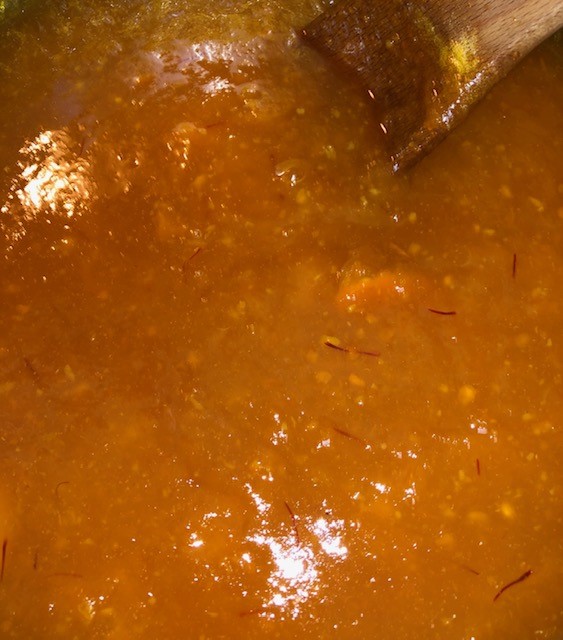





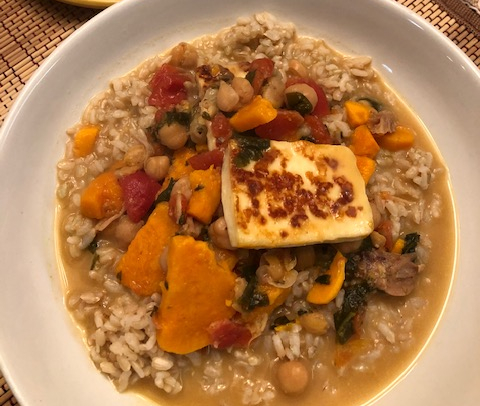


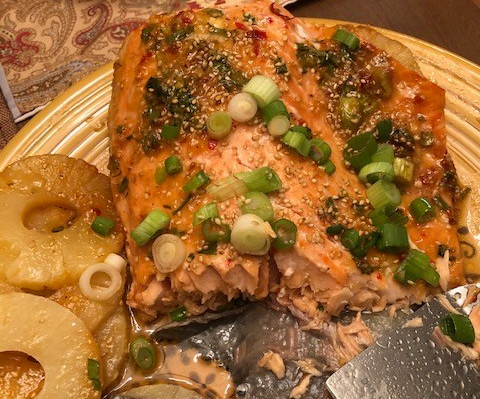
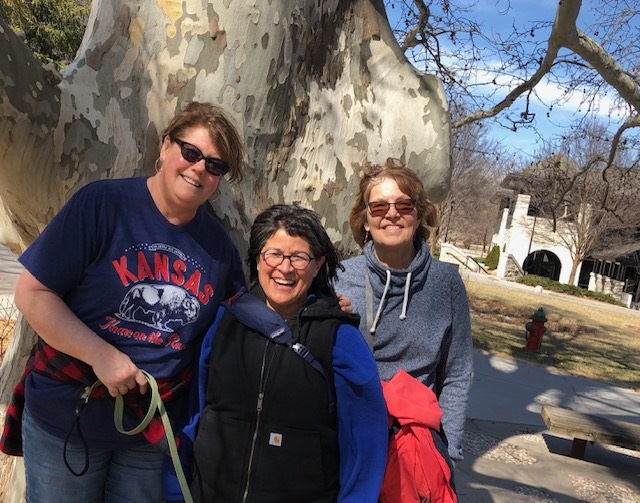
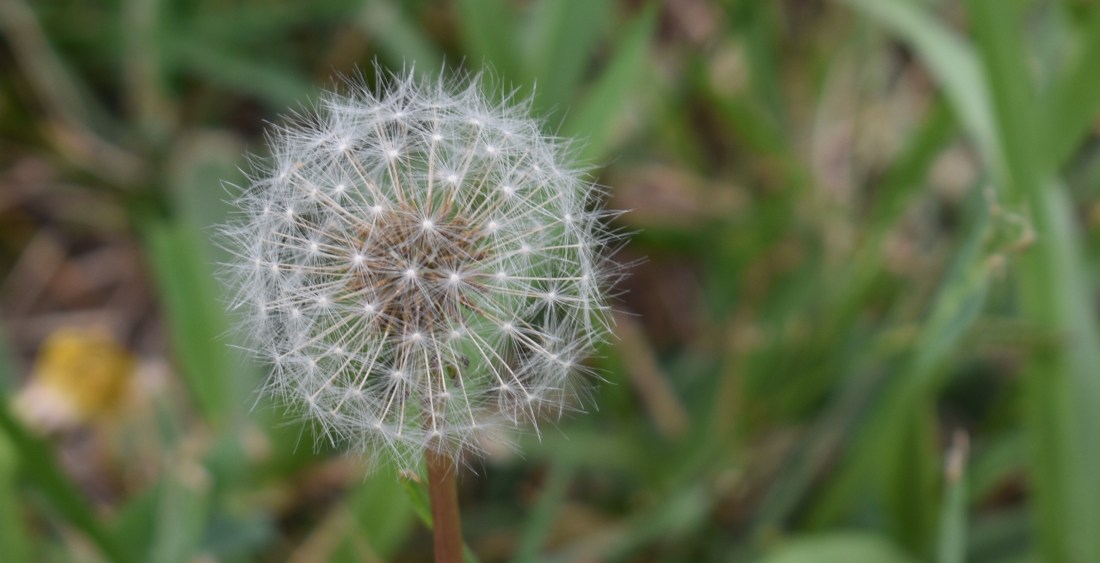

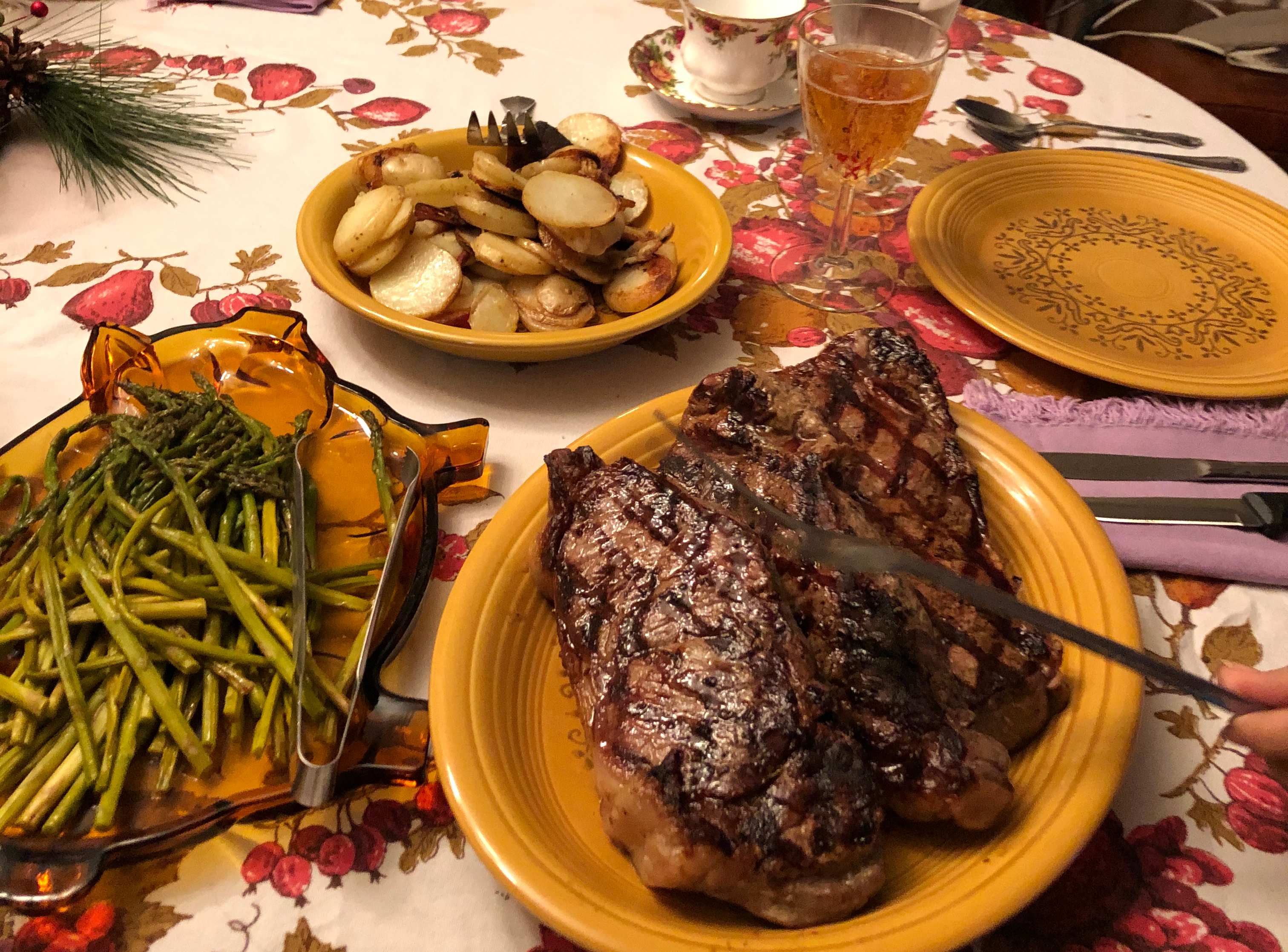 Here’s the happy menu planner, ready to tear into her special meal.
Here’s the happy menu planner, ready to tear into her special meal.
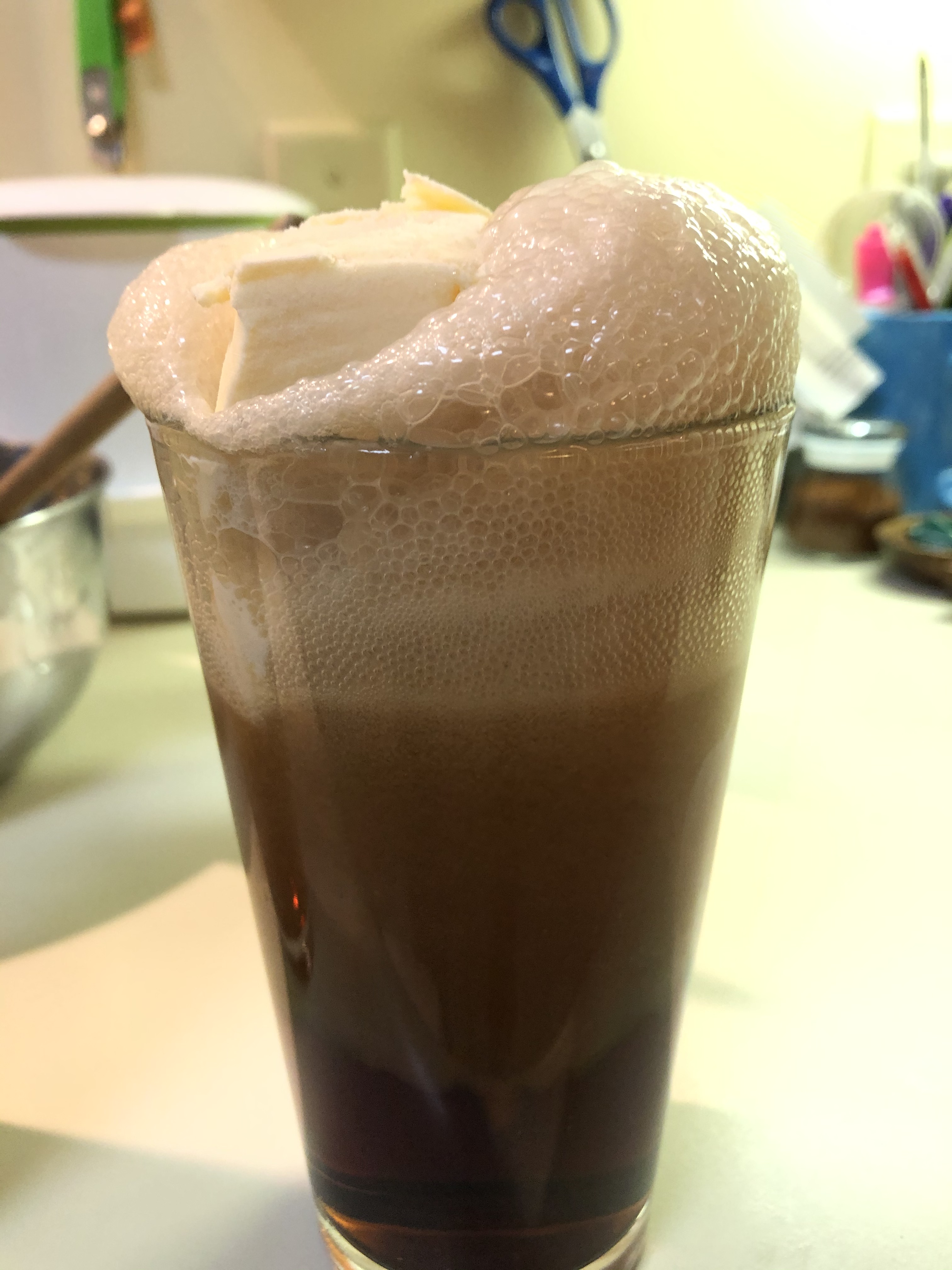
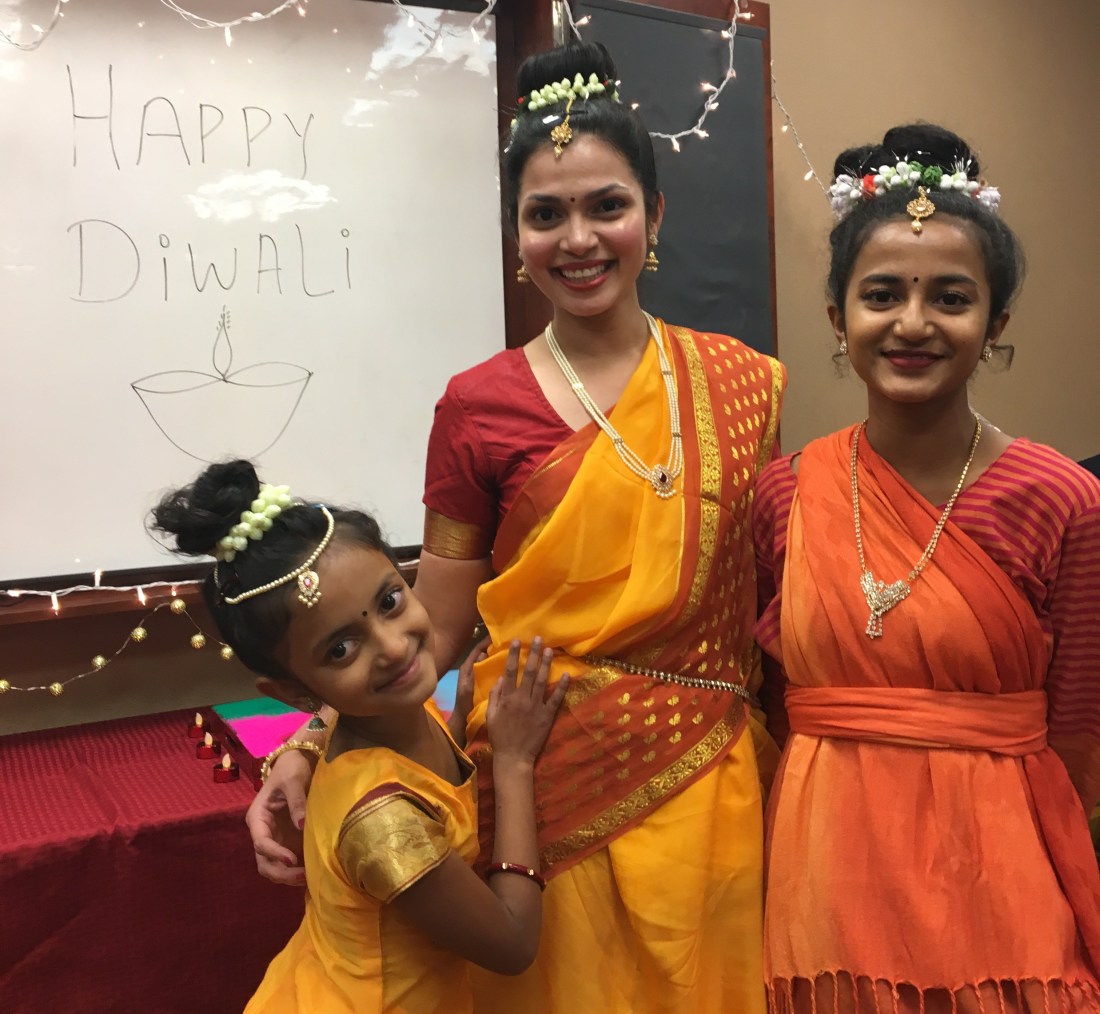
![IMG_2922[1]](https://peopleandcultures.blog/wp-content/uploads/2019/01/IMG_29221-e1546536227175.jpg)

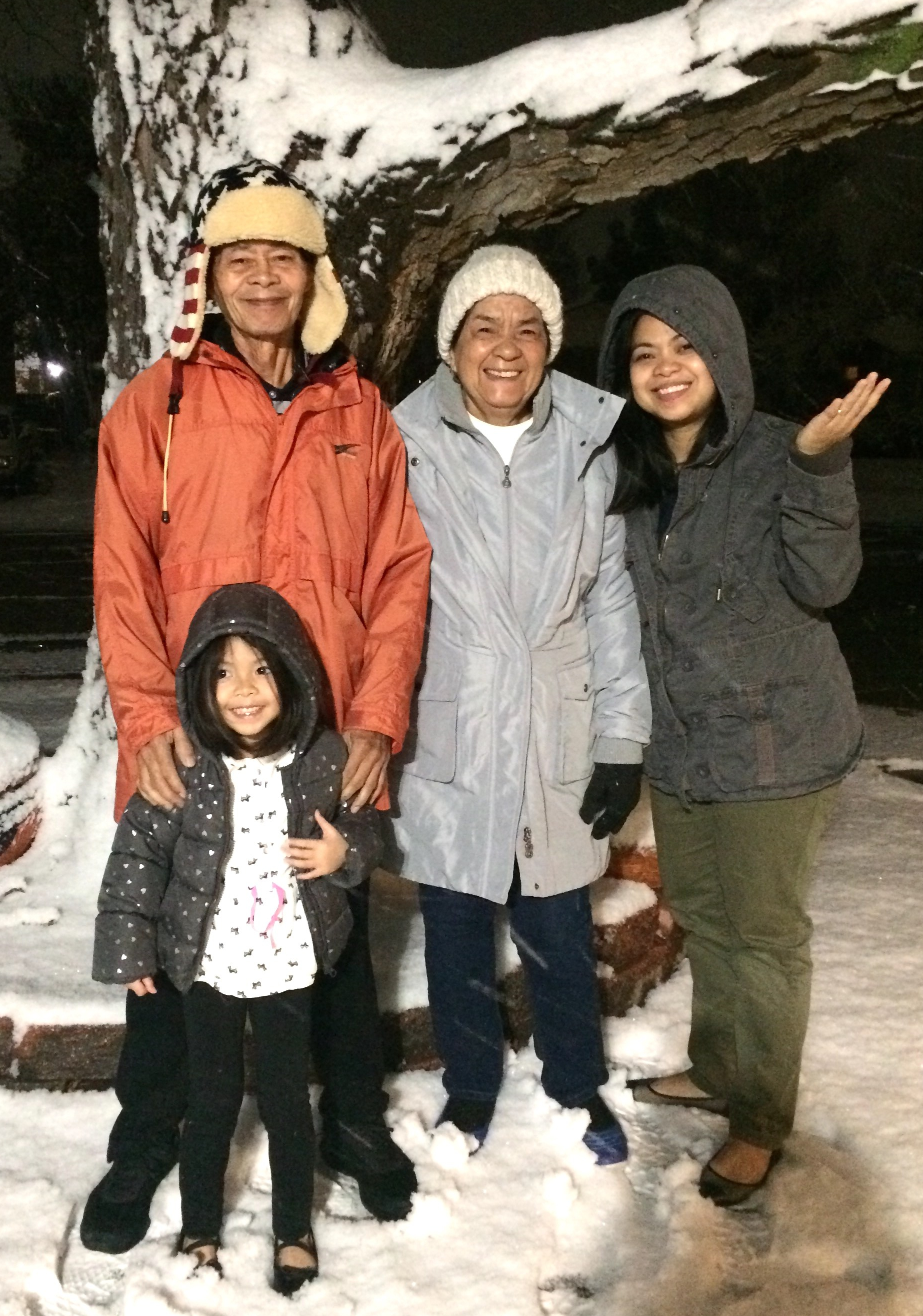
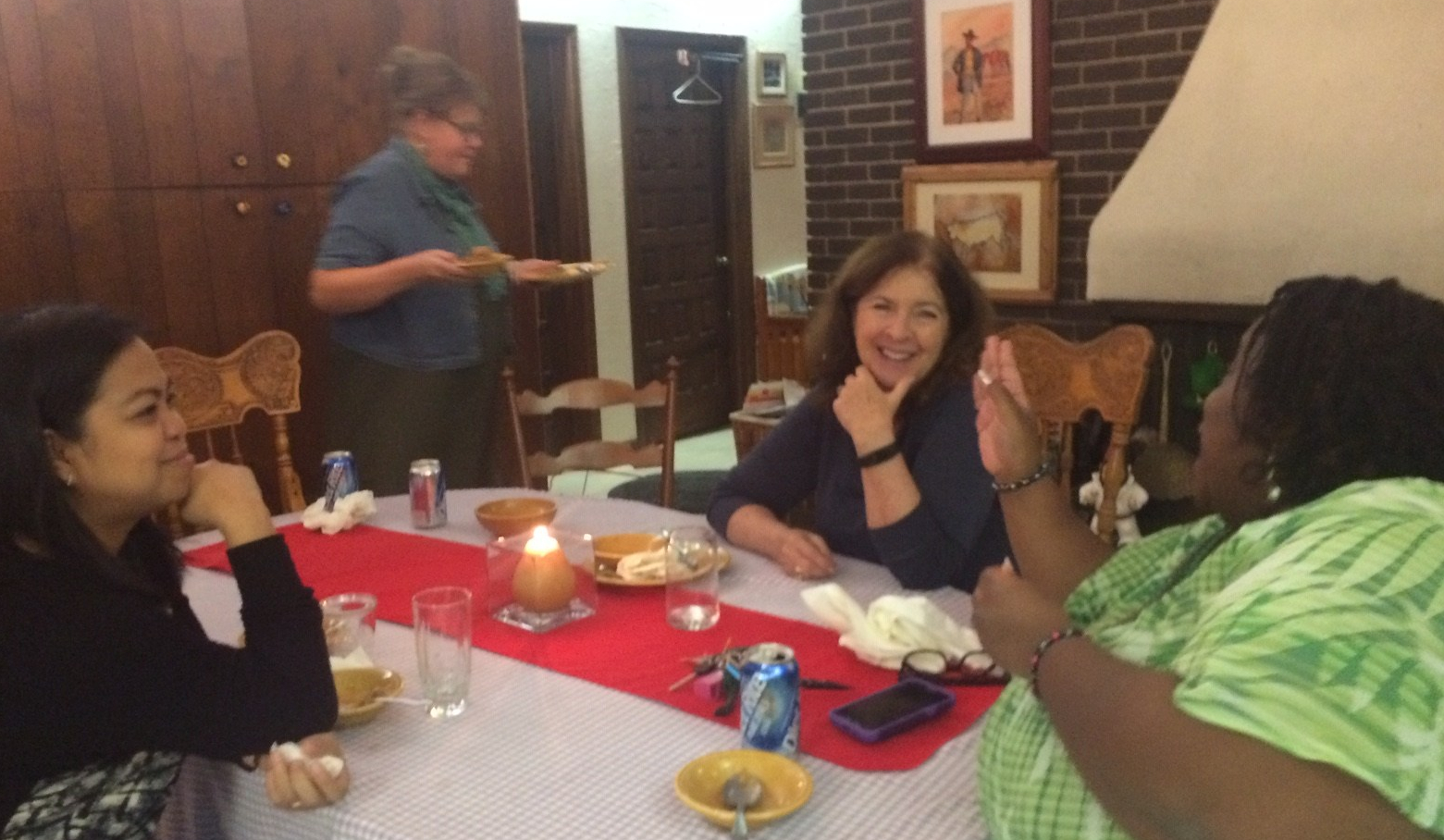
![img_3742[1]](https://peopleandcultures.blog/wp-content/uploads/2019/01/img_37421-e1546537994927.jpg)
![img_3744[1]](https://peopleandcultures.blog/wp-content/uploads/2019/01/img_37441-e1546538131192.jpg)
![img_3746[1]](https://peopleandcultures.blog/wp-content/uploads/2019/01/img_37461-e1546538236801.jpg)

